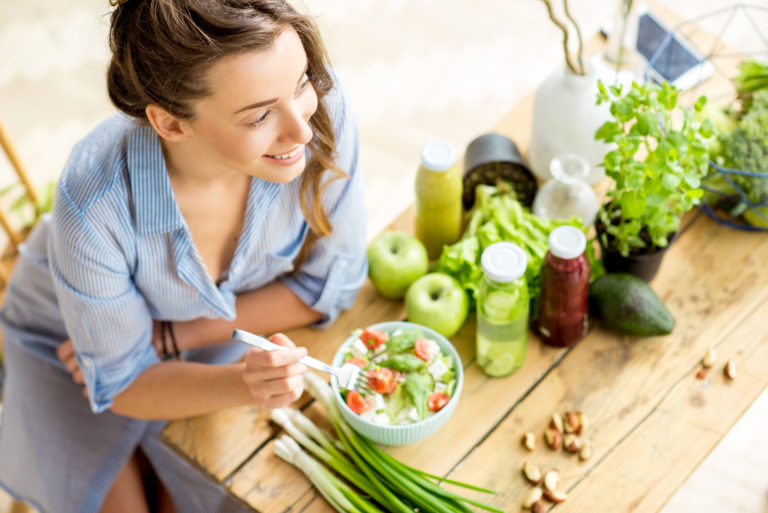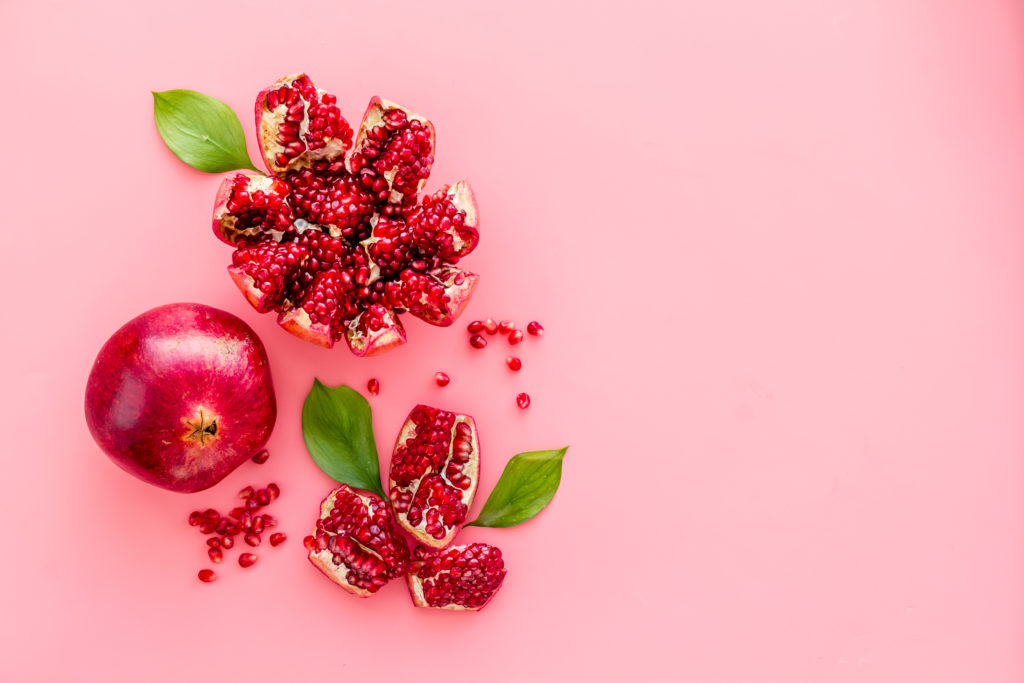Our bodies need many nutrients daily to maintain good health and to prevent disease. Many of the nutrients we need are found in all kinds of fruits and vegetables. Below are some of the most common fruits and vegetables of the Caribbean as well as their health benefits.
Sources of Vitamin A:
- Apricots
- Chicory
- Carrots
- Mango
- Papaya
- Pumpkin
- Spinach
- Watercress
Vitamin A is essential for preserving your eyesight. This vitamin also has antioxidant properties. Antioxidant properties help to protect your body from the effects of free radicals, which play a role in heart disease, cancer, and many other diseases.
Sources of Vitamin C:
- Cabbage
- Grapefruit
- Guava
- Mango
- Orange
- Papaya
- Pineapple
- Pumpkin
- Spinach
- Watercress
Vitamin C can protect you against immune system deficiencies, cardiovascular disease, and eye disease. It is a vital nutrient to form and maintain our bones, skin, and blood vessels. Vitamin C supplements have also been shown to lower blood sugar levels and minimize blood sugar spikes after meals in those with diabetes.
Foods that are high in potassium:
- Apricots
- Avocado
- Banana
- Cantaloupe
- Plantain
- Pomegranate
- Potato
- Pumpkin
- Cassava
- Dried Beans
- Guava
- Papaya
- Yam
A high potassium diet helps to reduce blood pressure and water retention. Potassium also helps to protect the body against strokes and prevents the occurrence of kidney stones.
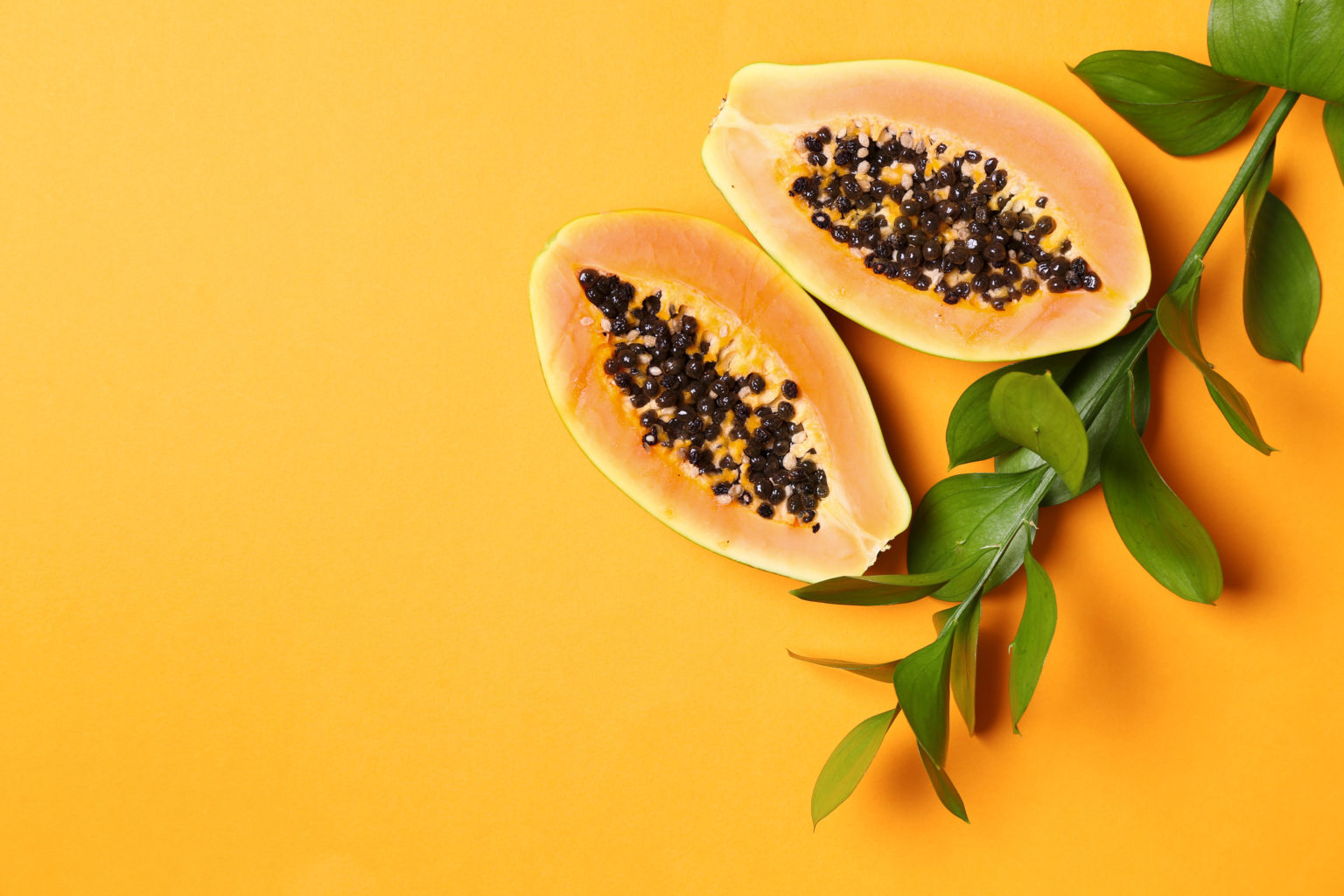
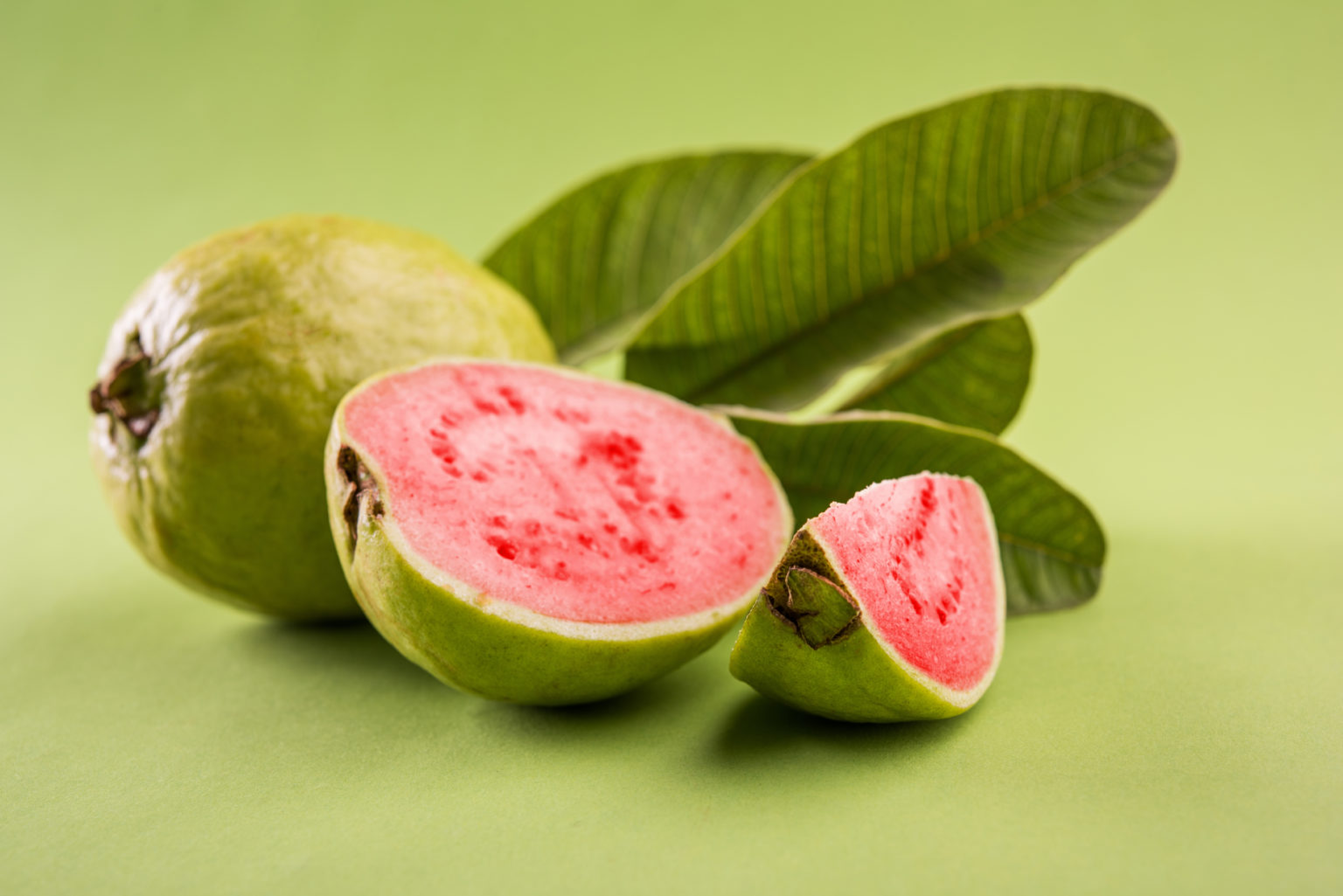
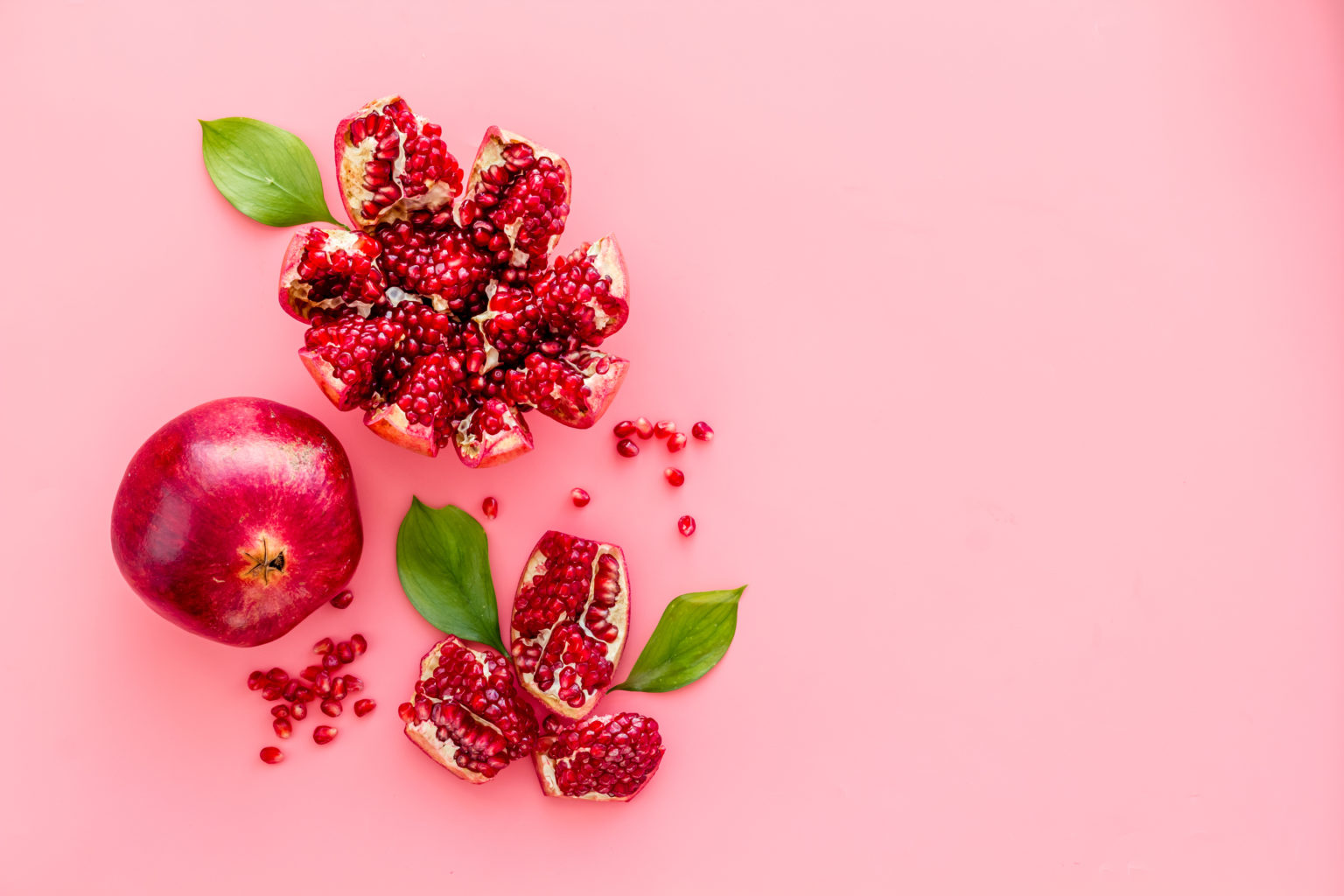
Sources of Iron
- Cassava flour
- Dried beans
- Millet
- Potato
- Spinach
Iron boosts the immune system, improves the overall health of the brain, and leads to improved energy levels.
Good sources of Folic Acid
- Avocado
- Beets
- Cabbage
- Chicory
- Dried beans
- Orange juice
- Spinach
Folic acid works with vitamin B12 and vitamin C to help the body break down, use, and create new proteins. Folic acid supplements help improve heart health and reduce your risk of heart disease.
Sources
https://www.myplate.gov/eat-healthy/fruits
https://www.heart.org/en/healthy-living/healthy-eating/add-color
